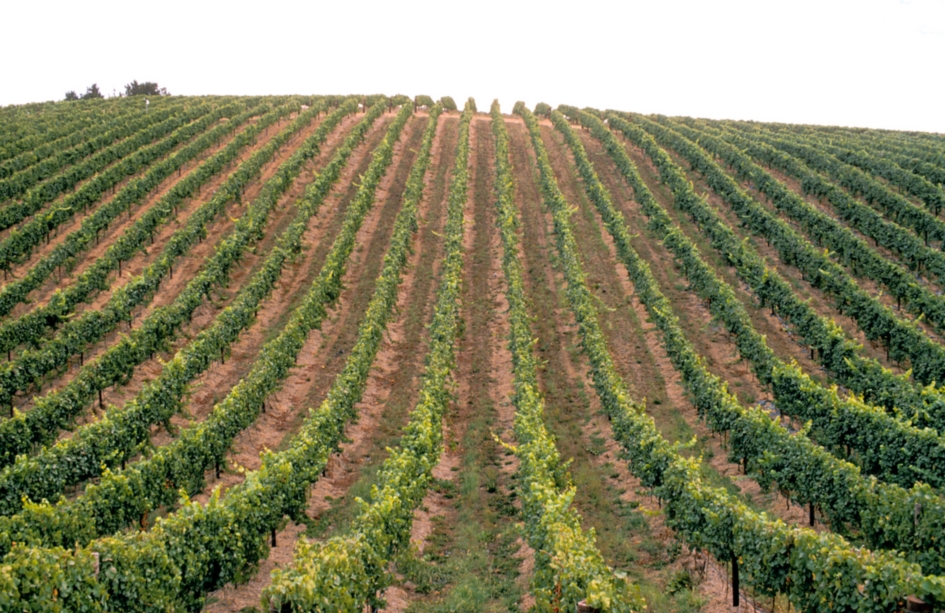
by Lee Belbin- Research Scientist, Ecosystem Sciences
I like good wine and after many years enjoying Australia’s wonderful Shiraz, I’ve transitioned through Cabernets to Pinot Noir. But finding a good Pinot Noir is a lot harder than finding a good Shiraz.
The Atlas of Living Australia might not be the most obvious place to look, but if you want to discover wineries that are likely to produce a good wine or want to grow your own grapes, the Atlas is a great place to begin your search. That’s because the Atlas can be used to find locations of environmental conditions suitable for specific species, helping in this case to identify areas likely to produce good wine.
Over the centuries, Australians have observed and collected plants and animals and recorded information about what occurs where. The Atlas of Living Australia brings this information together online in one place. It has two basic types of information about Australia’s living things: species and environments, including over 35 million occurrence records about the location of species and nearly 400 environmental layers. Each environmental layer is a map that links location and environment.
If we know the location of a species, we can identify its environment. The opposite is also possible: if we know the environment, we can find the locations where this environment occurs. This the key to finding, for example, good wine: if we know where good Pinot Noir is produced, we can find out what environment it prefers and the locations of this environment.
In the case of wine, we would expect to discover that temperature, rainfall, soil conditions, slope and aspect are important environmental conditions for growing grapes. It’s then an easy step to use the Spatial Portal of the Atlas of Living Australia to identify all areas in Australia where the environmental conditions suitable for growing Pinot Noir occur.
Like to try it? Follow the tutorial and you may get some surprises.

